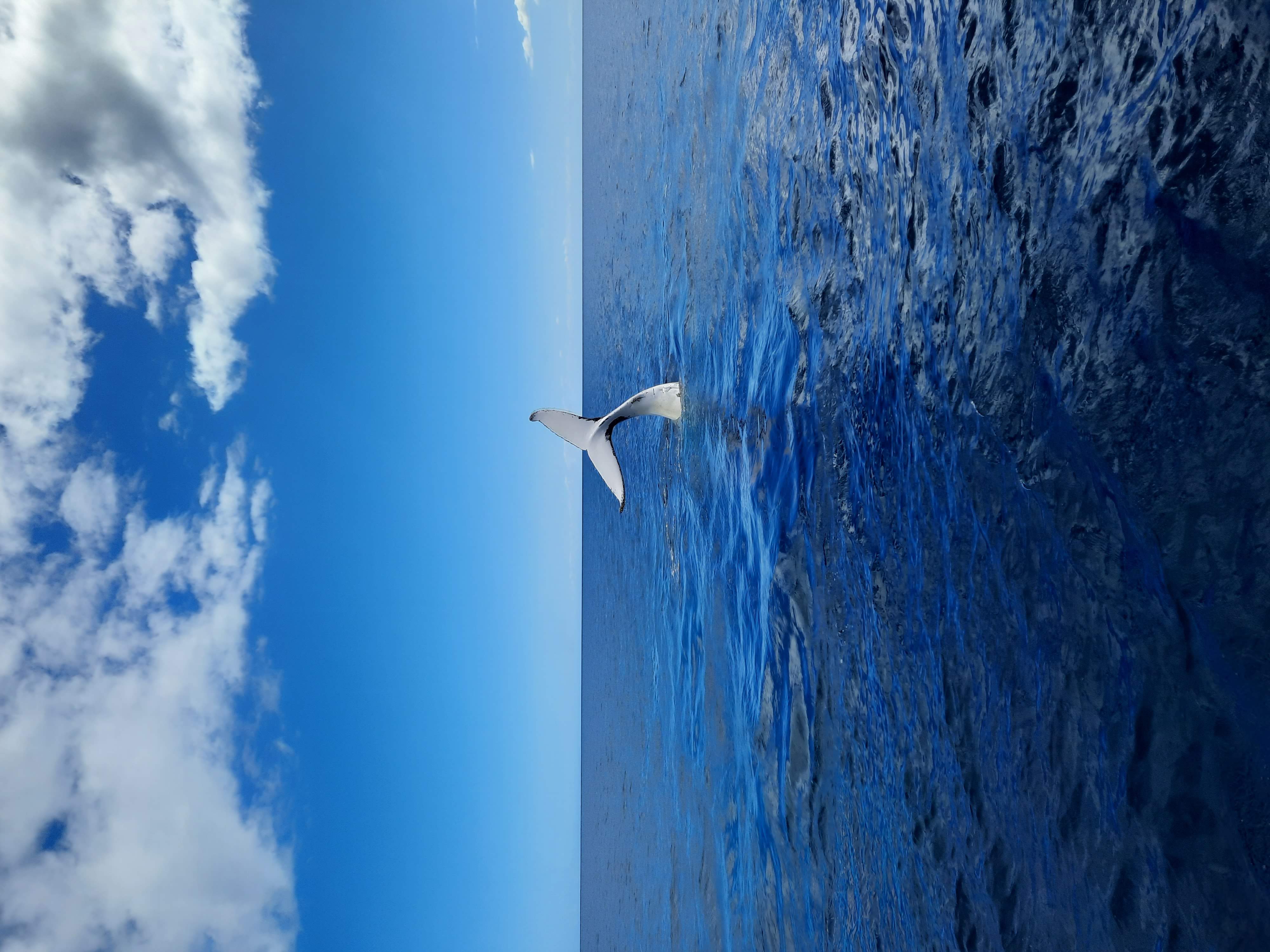14 Feb
World Whale Day
Wildlife
Whales are such characteristic animals - what's not to love? Celebrate World Whale Day with us on 16th Feb, as our whale-obsessed colleague (guess who?) shares some facts.
Whales are marine mammals, which means that they have 5 characteristics that define them as mammals. They:
Are warm blooded
Breathe air through their lungs
Give birth to live young
Produce milk for their young
Have hair
Whales are part of the infraorder cetacea, which includes whales, dolphins and porpoises. The exact number of species is contested - as it's not always easy to define a species - but there are over 90. They have a global distribution, from narwhals (Monodon monoceros) in the Arctic, to snubfin dolphins (Orcaella heinsohni) in tropical Queensland, to humpback whales (Megaptera novaeangliae) which are found globally.
Cetaceans are split into 2 categories: Mysticeti (baleen whales) and Odontoceti (toothed whales).
Mysticetes:
Around 15 species.
Have baleen plates for feeding. This is made from keratin (the same structure that makes up our hair and fingernails). Baleen hangs from the roof of their mouth and acts like a sieve, allowing for filter feeding.
Prey items tend to consist of krill and small schooling species of fish that can be filtered through their baleen.
Different baleen whale species use different feeding techniques to capture vast quantities of the small prey items they feed on; from lunge feeding in humpback whales to bottom feeding in gray whales.
Are largely solitary animals.
Have 2 blowholes.
Tend to be larger than toothed whales and include the largest animal on the planet; the blue whale (Balaenoptera musculus).
Do not echolocate, but do produce sound.
Odontocetes:
Almost 80 species.
Have teeth for feeding. The teeth shapes can vary between species, and some have quite unusual teeth - including narwhals and beaked whales!
They usually consume single items of prey like fish and squid.
Toothed whales are generally quite social animals. They tend to form complex social structures, and as such it's common to see pods of toothed whales.
Have 1 blowhole.
Tend to be smaller than baleen whales and include the smallest cetacean, the critically endangered vaquita (Phocoena sinus).
Use echolocation for communication and feeding.
How to identify individual whales and dolphins:
Researchers have been identifying individual whales and dolphins around the globe for decades. This can provide invaluable information, such as the population size, how long individuals live for and how often they give birth. This has allowed us to better understand cetaceans, which can lead to improved conservation measures.
To identify individuals, we use Photo ID. Certain body parts are unique to that individual, similar to a human fingerprint. This can be differences in the tail or dorsal fin, such as a different overall shape, colouration, unique markings and scarring from injuries like shark bites or entanglement. These images that show the differences can be added to a database for comparison and cataloguing.
For humpback whales, we can use the underside of their fluke (tail). For dolphins, you generally won't see their tail, but instead we can use either side of their dorsal fin (the fin on top of their body). Traditionally, different research groups had their own individual databases. But cetaceans don't necessarily stick in one place their whole lifetime, and some cetacean ranges are changing. We know this is the case from Photo ID with the increased bottlenose dolphin sightings we see off the Yorkshire Coast - the individuals originally came from Scotland!
Check out Happywhale to learn more about Photo ID.
LY


